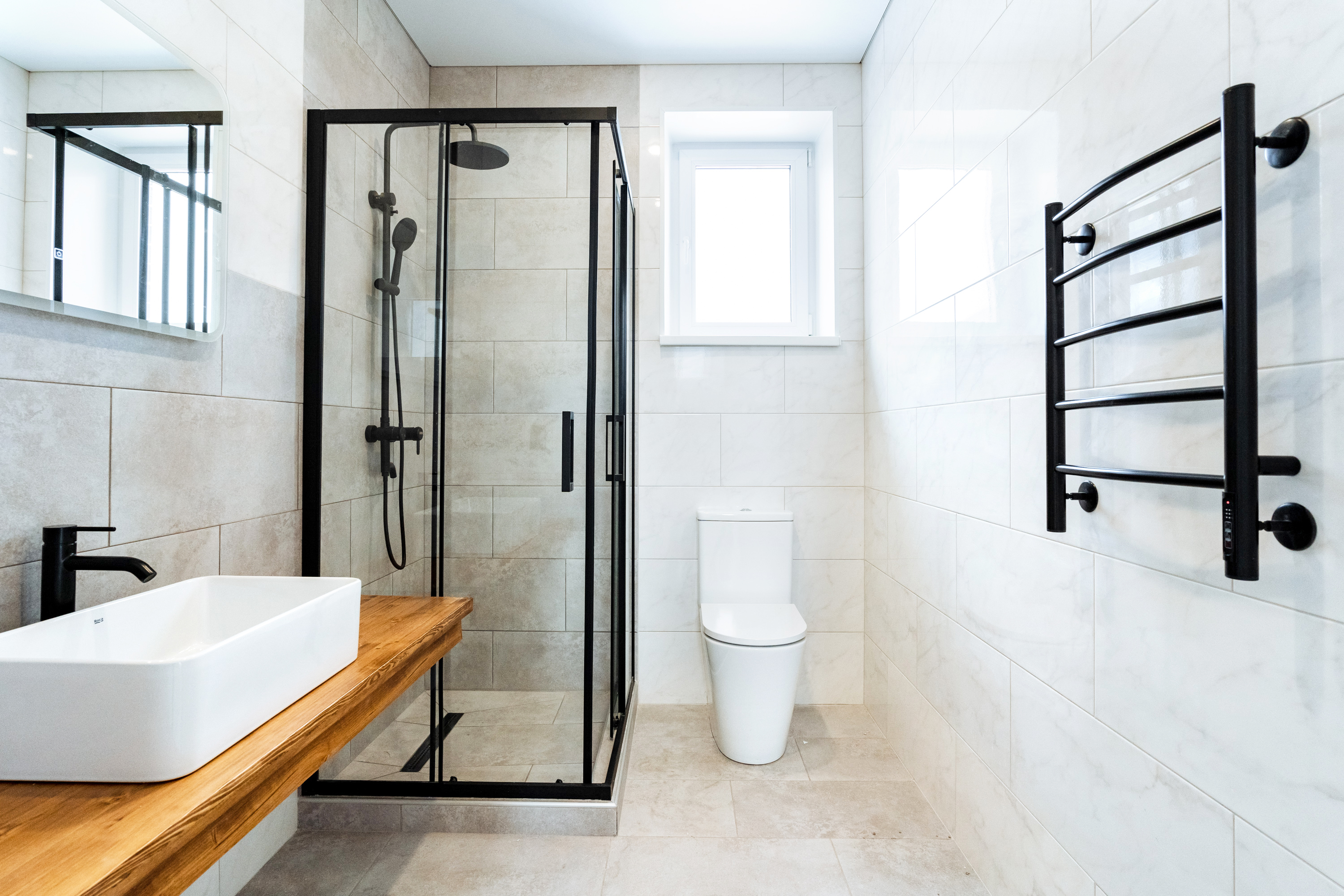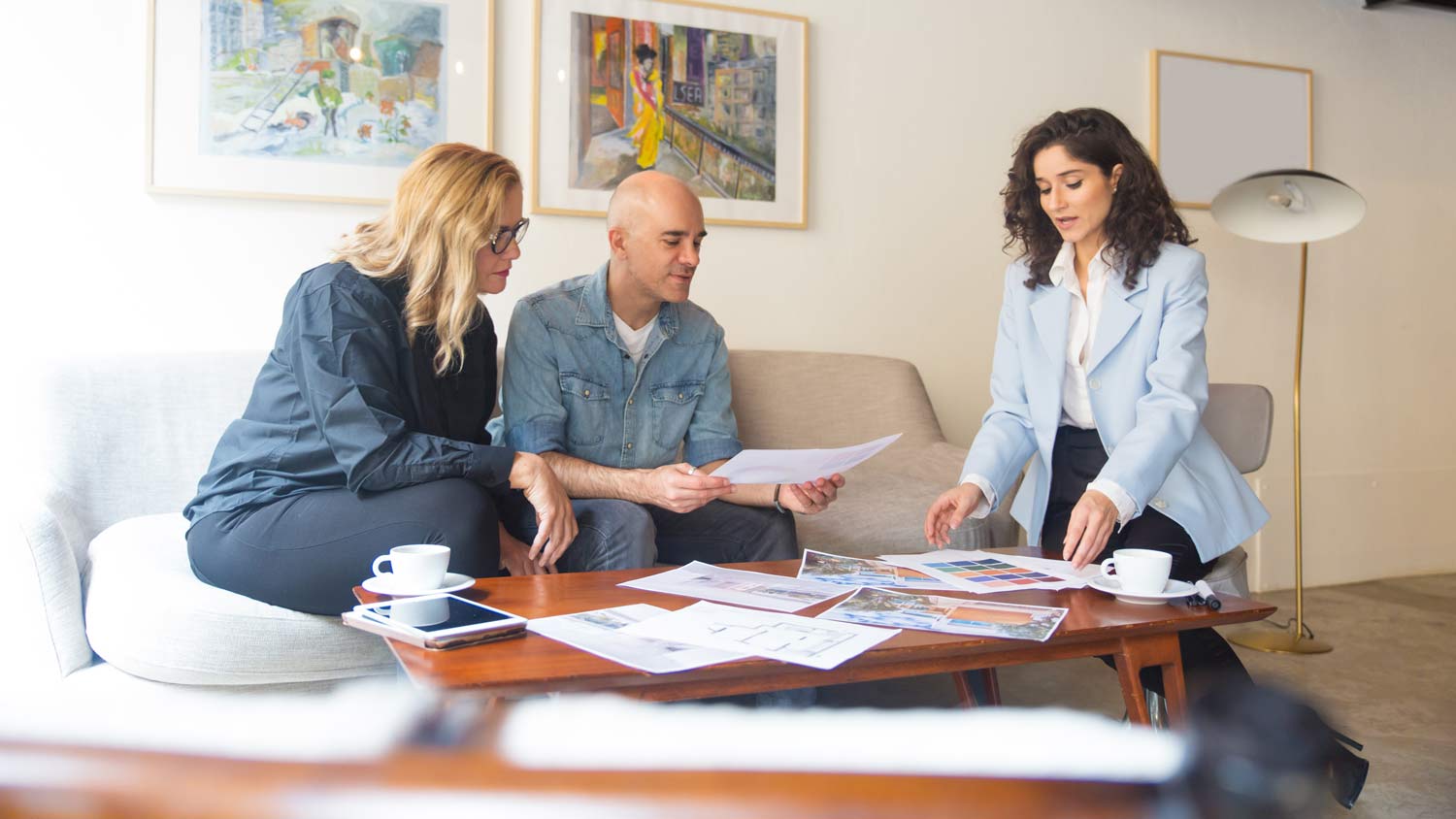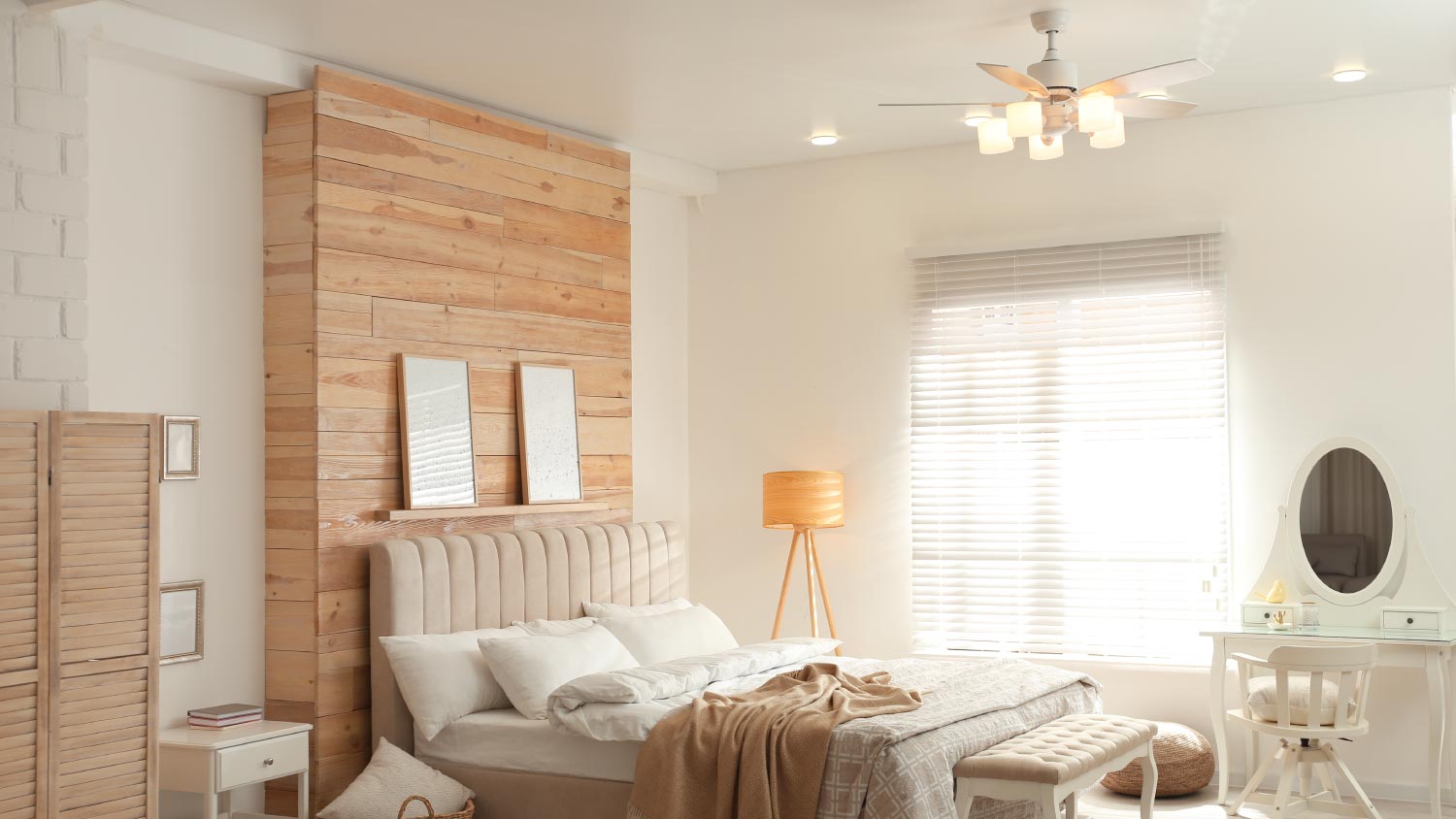
Discover average bedroom addition costs, including cost factors, labor rates, and tips to help you budget for your new bedroom addition project.
Out with the clutter and in with the chic minimalism


Modern interior design rebels against the Art Deco aesthetic.
It rejects opulence and focuses on functional minimalism.
Key elements of modern design include clean lines, sleek textures, and neutral palettes.
It often incorporates natural materials like wood and leather in tailored designs.
With this aesthetic, a little pop of color goes a long way.
For some, modern interior design may conjure images of “Mad Men”-era living rooms filled with teak furniture—but mid-century modern is just a tiny facet of this overarching style. For others, it’s a term used synonymously with contemporary interior design, despite each style’s nuanced differences. In reality, modern design is a broad term, which is what makes it so hard to define. It’s more about what you don’t put in a room rather than what you do.
Modern design, which has roots in German Bauhaus design and Scandinavian design, rose to popularity at the turn of the 20th century. It was the world's answer to Art Deco, railing against the previous era’s opulence and excess with a streamlined minimalism. There’s a major focus on clean lines, simple silhouettes, and natural materials.
So, how do you get the look? If you hire a local interior designer to give your home a modern refresh, they’ll focus on six key elements.
Modern design is a refined look that’s highly organized and never cluttered. Statement pieces shine in their own right with paired down accents. There’s a focus on basics that don’t feel basic. Only the most meaningful pieces are included.
Interior design for a modern house exemplifies the concept of clean lines. Elements are tailored and structural rather than organic and undone. Everything, down to fabric and material textures, should look smooth, streamlined, and intentional.
Modern design plays with negative space, particularly the way furniture rests in an open-plan room.
Most modern interiors have an overarching neutral color palette made up of airy natural tones like cream, light gray, or white. This palette is typically paired with a bold accent color. Primary colors (like bright shades of blue, red, or yellow) are popular along with dark shades of black, brown, and gray. The idea is contrast.
Natural isn’t the same as undone. Modern design finds itself at the crossroads between natural and manmade. It celebrates natural textures like leather, metal, and woodgrain, but in a way that looks sleek rather than rustic.
Though style is an important aspect of interior design, modern design puts an emphasis on practicality. Rather than lining your shelves with numerous trendy accents, pieces should have a purpose without sacrificing style. Everything added to a room should feel intentional and functional.

The cost of an interior designer can range from $2,000 to $12,000. It’s not in the budget for everyone. Luckily there are a few ways you can incorporate modern interior design into your home. These interior design tips can help.
A modern house interior has a focus on functionality. Cultivate a streamlined space that feels intentional by ditching unnecessary clutter. If you’re having a hard time pairing down, add some cube storage.
Modern style is the antithesis of maximalist interior design—so swap out loud wallpaper and mixed-and-matched colors with toned-down shades of white, light gray, or cream. The ideal paint colors for a modern home are natural, neutral, light, and airy.
A pop of primary color stands out against a neutral backdrop, and modern interior design is all about contrast. Rather than reaching for the whole rainbow, pick a hue or two to incorporate into your room using throw pillows, a brightly-colored sofa or abstract art. Red, blue, or yellow are clear winners.
Let darker tones and heavier natural textures take center stage against light paint in a minimalist room. Since this style focuses on functionality, channel green interior design and reach for sustainable accents made from natural materials like wood or leather. Avoid pieces that look overly trendy.
The hallmark of modern design is bright, open spaces with clean lines. Remove your heavy curtains in favor of undressed windows. We can’t all knock down walls, but if you’re looking to design a home addition, make sure your local architect creates an open plan space.
A fluffy sleeper sofa with a skirted bottom may conjure the same warm feelings as your childhood living room, but modern design is all about clean lines and structure. Give your space an airy feeling by choosing structural furniture with a low back. Think about the shape of your furniture and how the lines work together, like the way you can create interest by pairing a rectangular couch with square accent chairs and a round coffee table.
In addition to natural textures like wood and leather, modern interior design usually includes shiny or reflective accents. Materials like glossy acrylic (often used in chairs and end tables) or metals (whether it’s sofa legs or a decorative paperweight) are popular. Incorporating this element is as simple as swapping out the handles on your kitchen drawers with gold hardware or choosing stainless steel appliances.
From average costs to expert advice, get all the answers you need to get your job done.

Discover average bedroom addition costs, including cost factors, labor rates, and tips to help you budget for your new bedroom addition project.

The cost to replace trim depends on factors such as style, material, and whether you hire a pro. Find out what your budget could look like for this project.

Discover the cost to design a bathroom, including key price factors, to help you plan your remodel with confidence and avoid budget surprises.

If you’re getting ready to install some trim or molding inside your home, here are some of the questions you should expect to discuss with a pro.

Create a stunning and functional home or remodel with an interior designer. Follow these common interior design questions to prepare for working with a pro.

Discover the average cost of stretch ceiling installation, key price factors, and ways to save. Get transparent pricing to plan your stretch ceiling project.